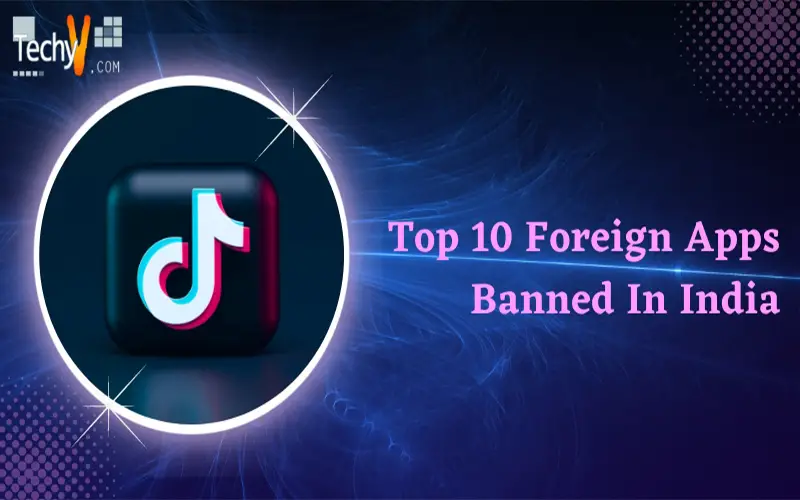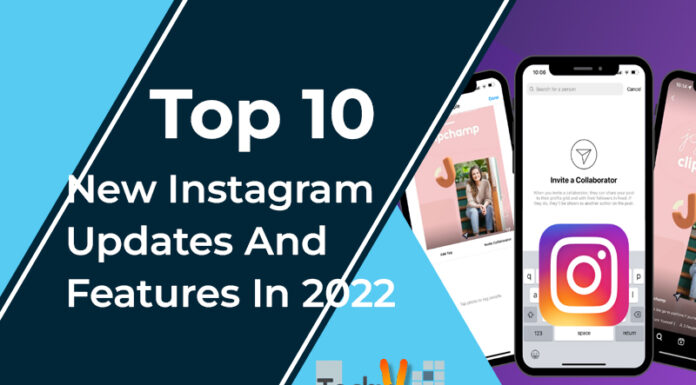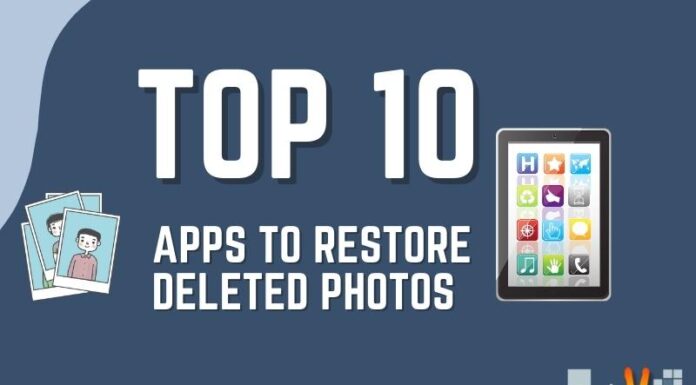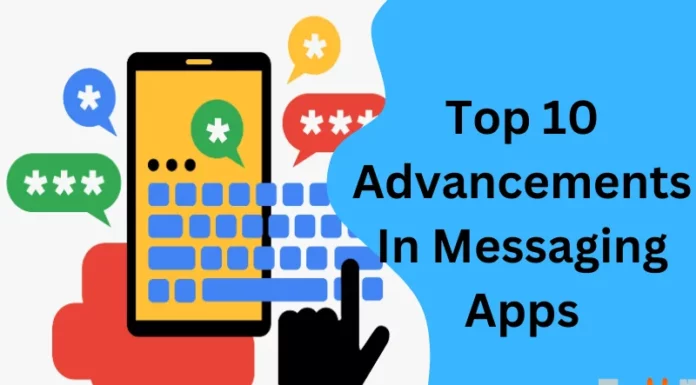The first ban of the Indian Government ignited due to the Indian-Chinese tension on the borders. Ministry of Electronics and Information Technology of India issued orders to ban more than 54 apps made in China or have some Chinese connection. The Indian Government stated in a press release that the apps were harmful to national security. These are mostly clones of each other and perform the exact features. Indian cybersecurity is suspicious of these apps’ activity as they can obtain users’ personal information and sell or misuse it.
1. Tiktok
Launching in September 2016, this short-video platform was a huge success among people. Tiktok was among the top downloaded apps during its time on Android and iOS platforms. This 15-second video app was made available in 15 different regional languages, which was the key to its enormous success, reaching approximately 200 million people in the country.
However, on 29th June 2020, Tiktok was officially banned by the Government over national security issues. Along with 59 other apps, Government reasoned about cyberspace safety in India in a press release. The sudden banning resulted from rising tensions between India and China in Ladakh, which ignited further after our Indian Soldiers were martyred in a clash within the borders of Ladakh.

2. Shein
In 2008, this Chinese company first advertised itself as a worldwide leading wedding dress company. Shein was similar to a drop shipping firm, which sold items directly to international customers through third-party wholesalers. Shein sold general womenswear even though Shein claimed to be a wedding dress retailer. The company has grown from $15 billion to $30 billion by November 2021. The downfall of Shein was due to several reasons. Shein sold out email addresses and encrypted passwords of approximately 7 million users. Shein received significant backlash against several cultural appropriations and offensive images. Ministry of Electronics and Information Technology of India stated that Shein is harmful to the integrity and sovereignty of the country. Section 69A grants the central Government the “power to issue directions for interference public access of any information through any pc resource.”

3. Xender
Xender released in 2011 to transfer files and apps at high speed. It was pretty popular in India, with almost 500 million and more users on both Android and iOS platforms as well as in MAC and Windows. It required no internet connection and supported all file formats with no maximum limit. It supported over 30 languages. However, there was a catch. The privacy policy of Xender mentioned, “Please bear in mind that no security measures that we tend to shield your information area unit completely absolute to avoid unauthorized access or use of your information. Once you use Xender services, the information and content you share is visible to different users and may be browsed, collected, or used by them”. Questions about its security raised, and finally, in 2020, the Government banned it from use.

4. Shareit
Like Xender app, Shareit was for file transfer to other devices without internet or Bluetooth connection. Shareit used a private hotspot to share between five devices. While many alternatives offered a similar service during its time, this app did more than that by transferring data of all shapes and sizes, resulting in its enormous success. It was compatible with all platforms- Android, iOS, Mac, and Windows. However, the app filled with advertisements with 80% advertisements and 20% applications. Most free apps use ads for benefits but it’s okay if it’s a short interruption. Shareit, however, forced advertisements on the users’ constantly. In 2020 Indian Government banned Shareit because it was putting the data and privacy of users at risk. The Government believes that apps like this may threaten India’s national security and sovereignty and may steal users’ data.

5. Garena Free Fire
Free Fire became the world-famous survival shooter game available on mobile. This Chinese-origin app banned due to the ongoing tension between China and India in Ladakh. Despite the ban, there were no issues in playing the game, but many did face severe server issues while starting the game. To this day, the game is available on all platforms with advanced and modified versions.

6. Pubg
In late 2017, this game was a massive success among youngsters, with almost 175 million downloads and 24% of global users. The accessible, safe space of the game’s map decreases in size over time, guiding surviving players into associate degree ever-tightening areas to force encounters. The last existing player (or team) wins the round. It is the primary game within the PUBG Universe series. Countries like Nepal, Iraq, and Pakistan refused it too. During the ongoing 2020 China-India tensions, the Indian Government banned PUBG Mobile, asserting that the apps were “stealing and surreptitiously transmitting user data in an unauthorized manner to servers which have locations outside India”.

7. Camscanner
CamScanner became popular because it was user-friendly and converted standard images to HD images. CamScanner allowed users to turn their phone into an image scanner and turn pictures of physical documents into digital files for easier sharing online. The essential functions were auto-trimming, many photo filters, OCR recognition, and PDF editing. It had accessible file management features with an intuitive interface. However, in 2019, the cybersecurity cell of India found several malicious codes of the Android Version in the PDF creator app. The harmful code emerged from a third-party advertising library. The app updated after removing the offending software development kit.

8. AliExpress
Owned by Alibaba Group, based in China, AliExpress was an online retail service. It was made up of small businesses in China and Singapore and launched in 2010. Like all other online retail services, it offered its products to international buyers. AliExpress was available in English, Spanish, Dutch, French, Italian, German, Polish, Turkish, Portuguese, Indonesian, and Russian. Even now, it functions in other countries. On 2nd September 2020, the Indian Government banned the app from being a potential cybersecurity threat.

9. Helo
Launching around 2018, Helo was the newest social media app that enabled users to browse endless good content. It offered users individual video channels to present a variety of exciting videos. The Indian Government banned it amidst the Indo-China tensions. The Government claims that the Helo app “is engaged in activities which are prejudicial to the sovereignty and integrity of India.”

10. Weibo
Weibo was launched on 14th August 2009. It was a microblogging app based in China. The app had a huge success financially with surging stocks, advertising sales promotion, higher revenue each year, and total earnings per quarter. In 2018, the app surpassed the US $30 billion “amount valuation mark.” It was banned in India along for its security and privacy issues.



















